Assistive Listening Devices
Assistive listening devices (ALDs) come in all shapes and sizes. An ALD is any device that helps someone with a hearing loss to hear better. Some ALDs are stand-alone devices, while some are intended to work with hearing aids. Some types of ALDs will work with many different kinds of hearing aids, while others may be brand- or model-specific.
Hearing aids today are very sophisticated devices that do much to improve the quality of the sound they amplify, but sometimes they can still use a little help from other devices that bring the sound source closer to our ears, helping to reduce background sound even more.
While some people with hearing loss may find that many different types of ALDs are helpful in their daily routines, others may require only one or two, or none at all. Every hearing loss is different, as is every lifestyle.
At Hearing Consultants, Inc., we work with our patients to help them decide which ALDs may be useful and which they can go without. You can always acquire more ALDs if you see a need for them later on.
Types of Assistive Listening Devices
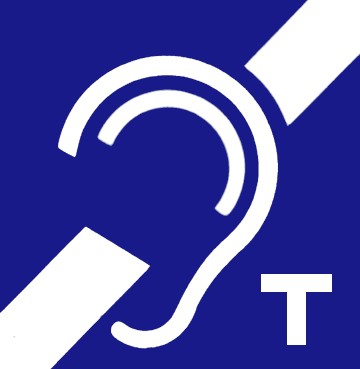
Loop Systems
A loop system transmits audio from a PA system or entertainment system to “telecoils” (or “T-coils”) within a given perimeter. Usually this involves a “loop” of wire that is run around the perimeter of a room, hall, or theater.
T-coil-enabled receivers can pick up the sound and transmit it to a set of headphones, or a set of hearing aids with T-coils can pick it up directly. This allows the audio from, say, a person’s microphone to be transmitted directly to your hearing aids, without requiring the extra stages of transduction (changing sound from one form into another, i.e. acoustic sound to electrical signals) that using the speakers from the PA system and the microphones in your hearing aids would add. Instead, the sound goes from the microphone, to the loop system, to the speakers in your hearing aids.
Loop systems are commonly found in theaters, lecture halls, houses of worship, museums and more.
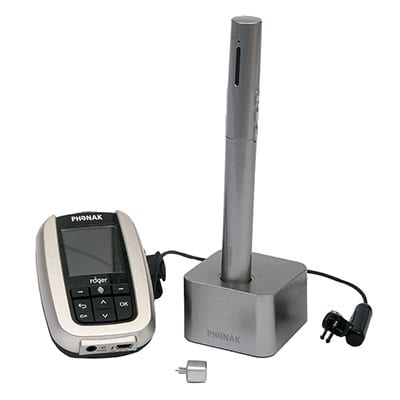
FM Systems
FM systems are similar to loop systems, but are typically used in smaller spaces that may not regularly require the assistance provided by a loop system. Instead of the loop, the sound from the audio source is transmitted via FM radio waves to a receiver that you can wear. This can then provide sound either to a set of headphones, or to a tiny, personal loop system worn around the neck that your hearing aids’ T-coils can pick up.
FM systems are common in classrooms and meeting rooms, and they are much more transportable than loop systems.
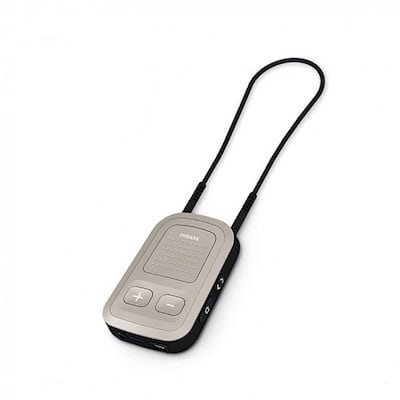
Infrared Systems
Similar to FM systems, but these systems use infrared light to transmit the sound to their receiver. Where FM systems can transmit sound through solid objects, infrared systems need to have an unobstructed path between transmitter and receiver to work. This makes them more common in courtrooms, where privacy is important. FM systems would transmit the sound through walls so that it could be picked up illegally outside the room.
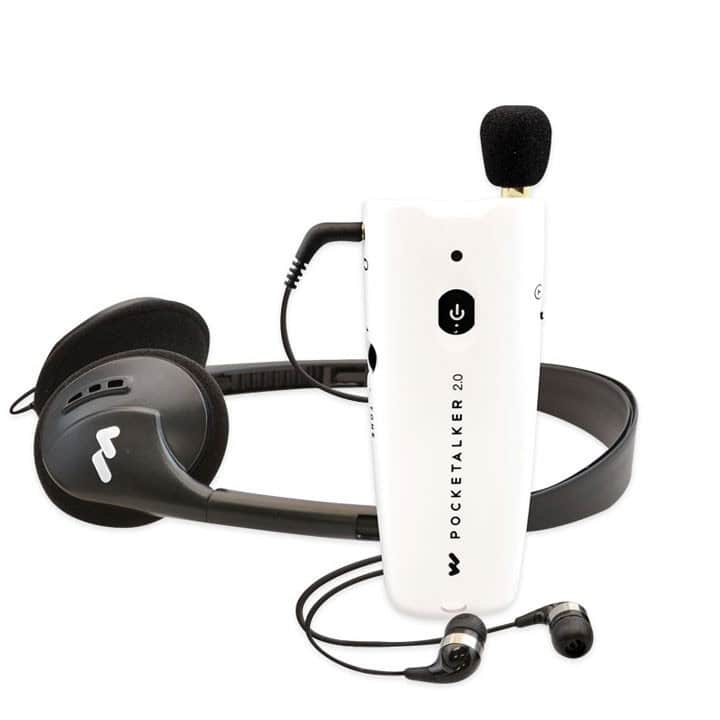
Personal Amplifiers
A personal amplifier is a small device, usually battery-powered, that is worn by one person. It consists of a microphone, an amplifier, and a set of headphones. It simply picks up ambient sound and amplifies it. These are commonly used in hospitals, where a person with untreated hearing loss may require amplification in order to communicate with medical professionals. They do not function as well or integrate as easily into a person’s lifestyle as hearing aids do, and should not be used as a daily substitute for hearing aids.

Microphones
Many hearing aid manufacturers offer microphones to work specifically with their hearing aids. They may even offer more than one type of microphone for different situations. Sometimes you may wish to place a stationary microphone across the room that transmits sound directly to your hearing aids. Other times, your partner may wish to clip a microphone to their lapel so you can communicate more easily in public. Microphones are useful any time you find yourself wanting to hear one person more clearly in a noisy environment.
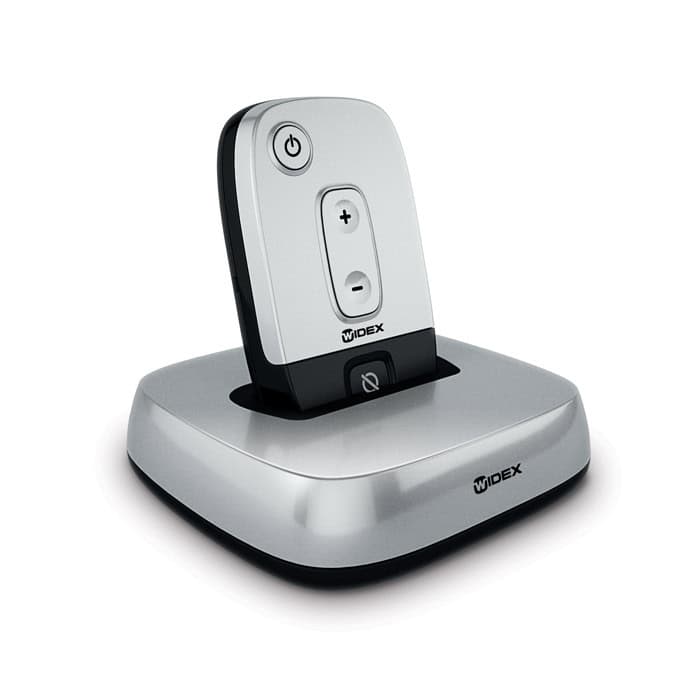
TV Adapters
As Bluetooth becomes more and more common in hearing aids, many manufacturers offer Bluetooth-based TV adapters. You plug the audio output of your television or stereo into the adapter, and then your hearing aids connect to it wirelessly via Bluetooth. This lets the sound of your TV or stereo transmit directly to your hearing aids, and allows you to control the volume for yourself directly. No more arguments over how loud to set the TV! Adapters may not be necessary if your TV or stereo system is already Bluetooth-enabled.
Have questions or would you like to schedule an appointment?
Contact us today to set up an appointment with a hearing specialist to discuss your hearing health, hearing aids and the best way to treat your hearing loss.
